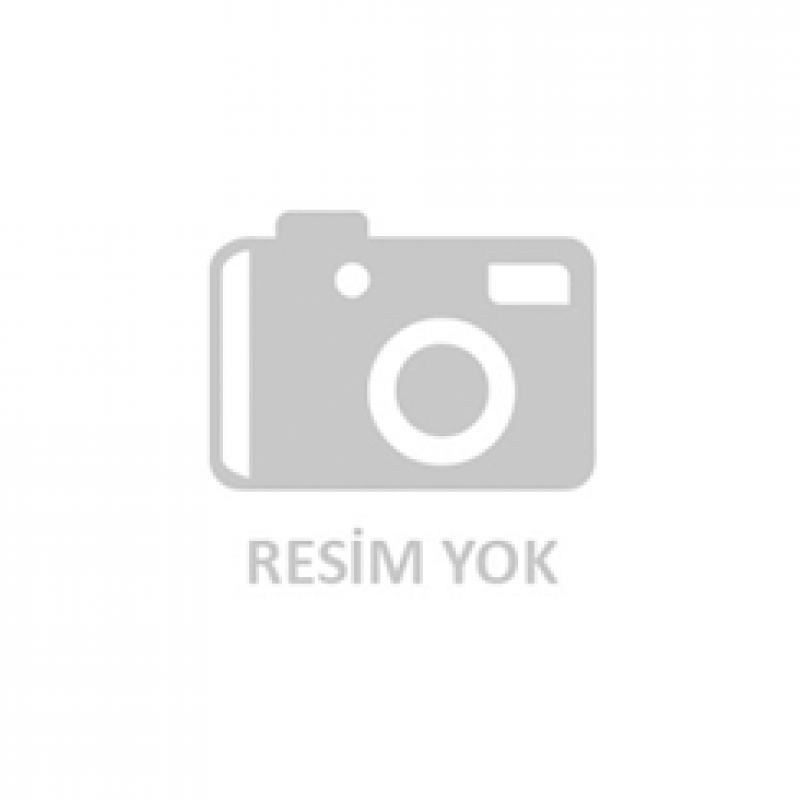
Nonwovens benefits beyond the EN 13795 Standard
Nonwovens benefits beyond the EN 13795 Standard
Nonwovens have several other beneficial properties that affect the choice of product for your needs, but because they are not linked to bacterial transfer they are not part of the Standard. You get:
Good liquid control
Good liquid control avoids the spillage of bodily and medical fluids on the floor. Nonwovens offer this with added absorption zones and/or fluid collection pouches.
Good liquid control avoids the spillage of bodily and medical fluids on the floor. Nonwovens offer this with added absorption zones and/or fluid collection pouches.
Flawless adhesive edges
Multiple-patient-use drapes often have residue on the adhesive edges that can affect the sealing properties. Improperly sealed operation drapes can let bacteria slip through more easily resulting in quicker contamination. Flawless self-adhesive edges allow you to isolate a wound with accuracy.
Multiple-patient-use drapes often have residue on the adhesive edges that can affect the sealing properties. Improperly sealed operation drapes can let bacteria slip through more easily resulting in quicker contamination. Flawless self-adhesive edges allow you to isolate a wound with accuracy.
Easy drapability
Nonwovens are easy to drape, including areas that are anatomically difficult to cover. They can offer aseptic folding to help users protect the operating environment and are folded to facilitate efficient draping.
Nonwovens are easy to drape, including areas that are anatomically difficult to cover. They can offer aseptic folding to help users protect the operating environment and are folded to facilitate efficient draping.
Environmentally friendly
The nonwovens industry actively manages the environmental impact of its products across their entire lifecycle.
•Responsible manufacturers ensure that wood used into making nonwovens is from sustainable sources.
•Respecting best practice environmental standards, end-of-life nonwovens can be recovered into heat (via incineration) so they can provide energy for central heating and hot water.
•Sites manufacturing nonwovens sign up to internationally-recognised environmental management programmes such as EMAS (Eco-Management & Audit Scheme), and publish data on their environmental performance.
•Opportunities to reduce the environmental footprint of the nonwovens industry are being continuously identified - for example, recycling water used during the production of the nonwovens for certain drapes and gowns that are bonded through a process called "hydro-entanglement", where high-pressure water jets are used to secure the fibres together, for example surgical gowns.
The nonwovens industry actively manages the environmental impact of its products across their entire lifecycle.
•Responsible manufacturers ensure that wood used into making nonwovens is from sustainable sources.
•Respecting best practice environmental standards, end-of-life nonwovens can be recovered into heat (via incineration) so they can provide energy for central heating and hot water.
•Sites manufacturing nonwovens sign up to internationally-recognised environmental management programmes such as EMAS (Eco-Management & Audit Scheme), and publish data on their environmental performance.
•Opportunities to reduce the environmental footprint of the nonwovens industry are being continuously identified - for example, recycling water used during the production of the nonwovens for certain drapes and gowns that are bonded through a process called "hydro-entanglement", where high-pressure water jets are used to secure the fibres together, for example surgical gowns.
Where is the catch (for cotton linen)?
Even though Standard EN 13795 lays out the rules, it does NOT say a couple of things:
•it does NOT say which material to use for drapes, gowns and clean air suits
and •it does NOT say which products are compliant
•it does NOT say which material to use for drapes, gowns and clean air suits
and •it does NOT say which products are compliant
That`s not all that bad. If it did, it may stop new and better products from being developed and used in the future.
In the case of cotton linen, the Standard does not say it CANNOT be used. But cotton linen drapes and gowns, still commonly used in European operating theatres, do not meet the Essential Requirements of the Standard (EN 13795) mainly because of their low resistance to microbial penetration in wet circumstances and linting problems. Hospitals that continue to use this fabric will be taking a huge gamble on the health of their patients, and the protection for their staff.

